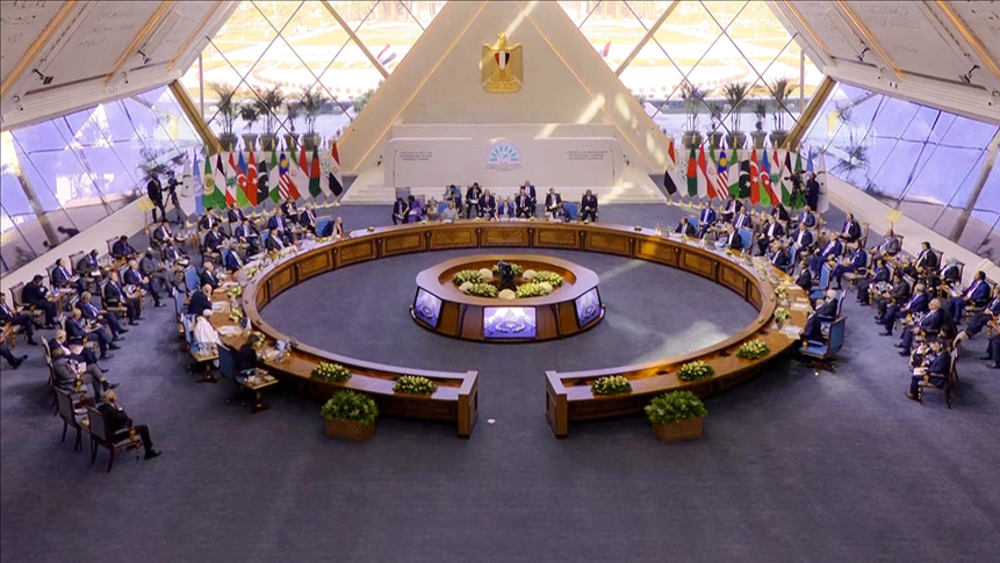The silver bullet to Iran's problem of air pollution
People in major Iranian cities are struggling with another bout of poor air quality as a cold wave is extending its grip over the country, trapping pollutants in the heavy air.
The situation combined with a sharp rise in energy consumption has forced authorities to announce banks, schools, universities and judicial institutions closed for the past few days.
In recent years, air pollution in Iran has increased despite the implementation of similar policies, which experts mostly attribute to economic growth, industrialization, energy intensity, urbanization, and past pollution.
Air pollution is addressed in the Constitution, the acts of parliament and the Supreme Council of Environment Protection as well as development programs, and a number of laws and regulations. Iran is also a member of four international conventions for air pollution control.
Given the diversity of pollution sources in different cities and the different impacts they can have, experts say, the country needs to prioritize the enforcement of laws related to the major pollution sources in each region.
For instance, air pollution in the two big cities of Tehran and Isfahan are mainly caused by cars and other mobile devices but in Ahvaz, stationary sources chiefly related to oil industry are the culprit.
Air pollution is a global problem, caused by a mix of hazardous substances from both human-made and natural sources. Its levels remain dangerously high in many parts of the world.
Data from the World Health Organization (WHO) shows that 9 out of 10 people breathe air containing high levels of pollutants. Estimations reveal an alarming death toll of 7 million people every year caused by ambient (outdoor) and household air pollution.
The World Bank study published in 2018 estimated the economic costs associated with air pollution in Iran at $7 billion and in the capital, Tehran, at $2.6 billion per year.
Hence, a thorough understanding of the phenomenon and its numerous short-term and long-term impacts and identifying capacities to reduce it is of great importance.
The key factor in Tehran’s air pollution is the concentration of mobile and stationary pollution sources as well as the specific topography of the city.
Tehran is home to 12 million people during the day and about 9 million at night, according to police officials. There are 5.1 million residential units in the city, where the population growth rate is not consistent with the growth of green space. The per capita green space for the inhabitants of Tehran is in fact far below the international standard, which is the cause of air pollution.
Meanwhile, there are more than 7,000 industrial units in Tehran, 30 percent of which are based in the west, 54 percent in the south, and 16 percent in the east of the city. Due to the westerly and southwesterly direction of winds, most of the smog wafting from these factories is blown into the city.
Furthermore, 4 million cars and 3 million motorcycles ply the streets in Tehran where respirable suspended particles have substituted carbon monoxide as the first pollutant in recent years.
Private vehicles, taxis, motorcycles, and vans contribute the most to CO2 emissions, while heavy duty vehicles which mostly use diesel are among the sources of particulate matter emissions.
The Iranian Constitution envisages a healthy environment as the obvious right of every citizen, which enshrines individual right to clean and healthy air. Several authorities are tasked with implementing laws and regulations related to the provision of clean and healthy air through checking air pollution caused by industry, transportation and nature.
Most of the criminal guarantees against air pollution include penalties such as fine, imprisonment, traffic restrictions, and closure of the polluting unit.
Air pollution, whether caused by suspended particles or toxic gases, whether indoors or outdoors, will have its effects on our lives and health. It is the inevitable cost and consequence of population, transportation, and industrial growth which cannot be eradicated, but steps can be taken to reduce and manage its damage.
As the first step, the pollutants and their effects and the factors of air pollution should be identified in each region in order to enact appropriate laws and penalties to control and ultimately minimize it.
According to sociological studies, economic development occurs first through the accumulation of physical capital and continues to expand through efficient use of human resources.
The role and influence that major social institutions such as the government, family, and religion have in changing human and social traits can be used to develop responsible environmental behavior and improve the sense of responsibility and commitment to the stability of and welfare of the society.
This is a task which the government, the media, and relevant groups should take seriously in the best interests of the country and its future.
Press TV’s website can also be accessed at the following alternate addresses:







 This makes it easy to access the Press TV website
This makes it easy to access the Press TV website